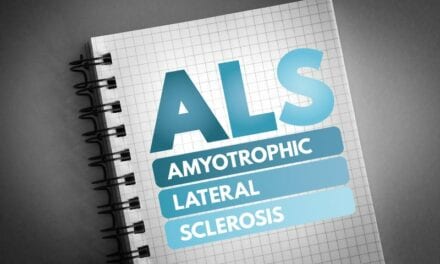Research from the Journal of Physiology sheds some light on why people experience muscle loss in old age, and suggests the possibility of reversing the condition in the future.
According to the study, muscle loss and frailty occur as the result of changes in the nervous system.
By the age of 75, individuals typically have around 30% to 50% fewer nerves controlling their legs. This leaves parts of their muscles disconnected from the nervous system, making them functionally useless and so they waste away.
However, in older adults with large, healthy muscles, the surviving nerves can send out new branches to rescue some, but not all, of the detached muscle fibers, notes a media release from The Physiological Society.
In the study, carried out by Manchester Metropolitan University in conjunction with University of Waterloo, Ontario, and The University of Manchester, researchers used MRI to get a detailed look the muscle tissue, followed by enhanced electromyography to record the electrical activity passing through the muscle to estimate the numbers and the size of surviving nerves available to rescue muscle fibers.
The research team is currently looking at whether exercise in middle and older age slows the disconnection of the muscles from the nervous system, or improves the success of nerves branching to rescue detached muscle fibers. Their goal is to determine whether strength or endurance training is best, and to understand why the nerve-muscle changes occur as people get older, the release continues.
“Our challenge now is to find ways to increase the success of nerve branching to rescue detached muscle fibers and thereby reduce the numbers of older people in our neighborhoods with low muscle mass and muscle weakness,” says Professor Jamie McPhee, the study’s senior author.
“Our research helps to explain why muscles decline with advancing age and this new knowledge will help in the search for effective countermeasures,” she adds.
[Source(s): The Physiological Society, Science Daily]





